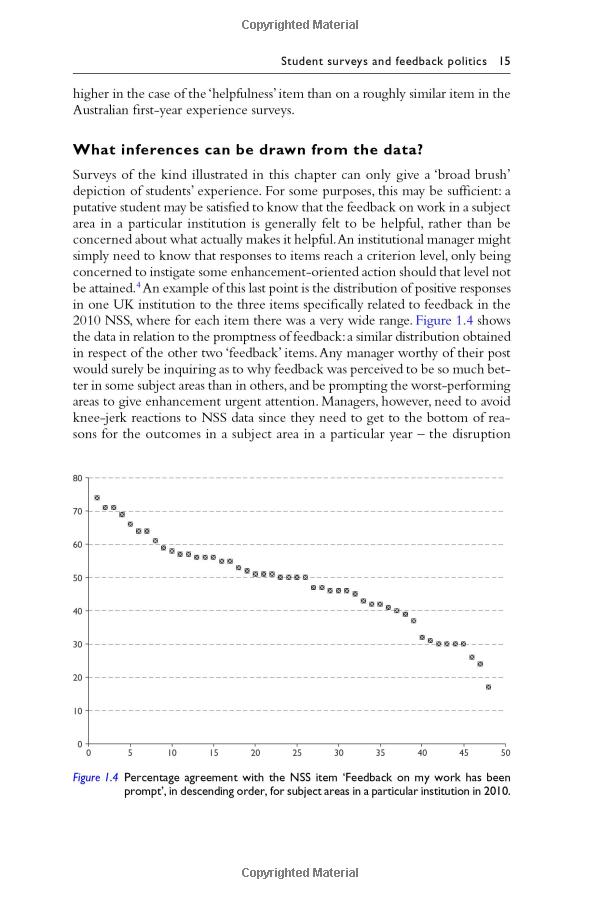Will I Qualify for Student Loan Forgiveness? A Comprehensive Guide to Eligibility and Options
Guide or Summary:Will I Qualify for Student Loan Forgiveness?Public Service Loan Forgiveness is designed for borrowers who work in qualifying public service……
Guide or Summary:
- Will I Qualify for Student Loan Forgiveness?
- Public Service Loan Forgiveness is designed for borrowers who work in qualifying public service jobs, such as government organizations, non-profit entities, and certain types of public health or education roles. To qualify for PSLF, you must make 120 qualifying monthly payments while working full-time for a qualifying employer. One of the key aspects of this program is that it only applies to Direct Loans, so if you have Federal Family Education Loans (FFEL) or Perkins Loans, you may need to consolidate them into a Direct Consolidation Loan.
- Teacher Loan Forgiveness is another program aimed at educators who work in low-income schools or educational service agencies. To qualify for this program, you must teach full-time for five consecutive years in a qualifying school. Depending on your subject area and the specific school you work for, you could be eligible for forgiveness of up to $17,500 of your Direct Loans or Stafford Loans. To find out if you qualify, you can check the Department of Education's list of low-income schools and review the specific criteria for your loan type.
Will I Qualify for Student Loan Forgiveness?
Navigating the world of student loans can be overwhelming, especially when it comes to understanding the various forgiveness programs available. Many borrowers find themselves asking, "Will I Qualify for Student Loan Forgiveness?" This question is crucial for those struggling with student debt, as forgiveness programs can provide significant financial relief. In this guide, we will explore the eligibility criteria, types of forgiveness programs, and steps you can take to determine if you qualify for student loan forgiveness.

First, it’s essential to understand that there are several student loan forgiveness programs available, each with its own set of eligibility requirements. The most common programs include Public Service Loan Forgiveness (PSLF), Teacher Loan Forgiveness, and income-driven repayment plan forgiveness.
Public Service Loan Forgiveness is designed for borrowers who work in qualifying public service jobs, such as government organizations, non-profit entities, and certain types of public health or education roles. To qualify for PSLF, you must make 120 qualifying monthly payments while working full-time for a qualifying employer. One of the key aspects of this program is that it only applies to Direct Loans, so if you have Federal Family Education Loans (FFEL) or Perkins Loans, you may need to consolidate them into a Direct Consolidation Loan.
To determine if you qualify for PSLF, you should first check if your employer is a qualifying organization. You can do this by submitting the Employment Certification Form to the U.S. Department of Education. Additionally, you must be enrolled in a qualifying repayment plan, such as an income-driven repayment plan. If you meet these criteria, you may be on your way to having your remaining loan balance forgiven after making the required payments.

Teacher Loan Forgiveness is another program aimed at educators who work in low-income schools or educational service agencies. To qualify for this program, you must teach full-time for five consecutive years in a qualifying school. Depending on your subject area and the specific school you work for, you could be eligible for forgiveness of up to $17,500 of your Direct Loans or Stafford Loans. To find out if you qualify, you can check the Department of Education's list of low-income schools and review the specific criteria for your loan type.
Another option for borrowers is income-driven repayment plan forgiveness. This program allows borrowers to make payments based on their income and family size, with the remaining loan balance forgiven after 20 or 25 years of qualifying payments. To qualify, you must apply for an income-driven repayment plan, which can be done through the Federal Student Aid website. Your eligibility for forgiveness will depend on the specific plan you choose, as well as your income and payment history.
Once you have a better understanding of the various forgiveness programs, the next step is to assess your financial situation. Consider factors such as your current income, employment status, and loan type. You may also want to consult with a financial advisor or student loan expert to help you navigate the complexities of student loan forgiveness.

In summary, if you're wondering, "Will I Qualify for Student Loan Forgiveness?", the answer depends on several factors, including your employment, loan type, and payment history. By exploring the different forgiveness programs available and understanding their eligibility criteria, you can take proactive steps towards financial relief. Remember that staying informed and keeping track of your loan status is crucial in this process. With the right information and guidance, you can work towards achieving student loan forgiveness and alleviating the burden of student debt.